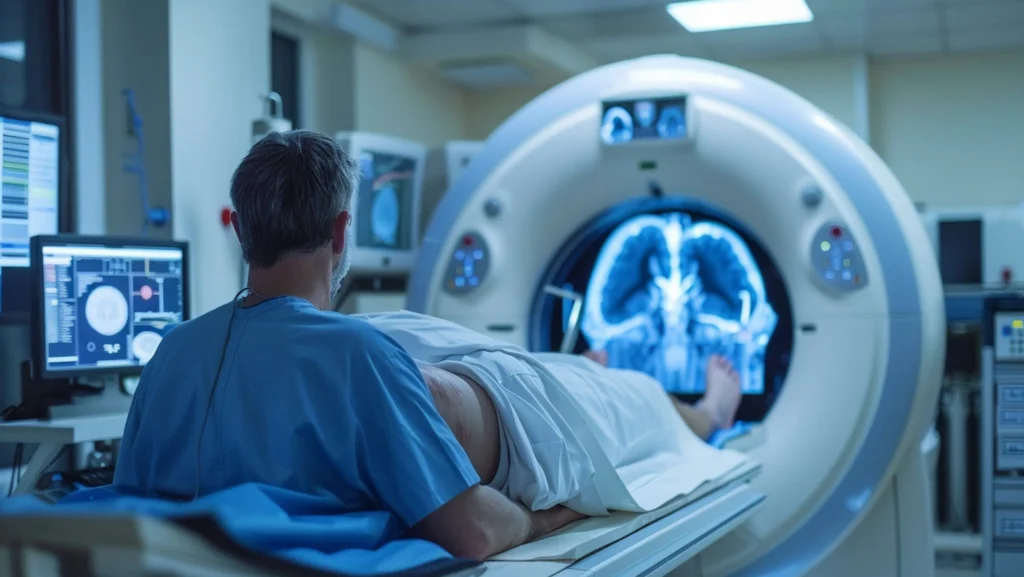Conclusion
Onco radiology in Chennai continues to revolutionize cancer care, providing precise diagnostic and therapeutic solutions that significantly enhance patient outcomes. The integration of innovative imaging techniques, AI-driven advancements, and targeted radiation therapy ensures the best possible care for cancer patients. By leveraging cutting-edge technology, onco radiology in Chennai remains at the forefront of cancer management, offering hope and improved survival rates through early detection and effective treatment strategies.




